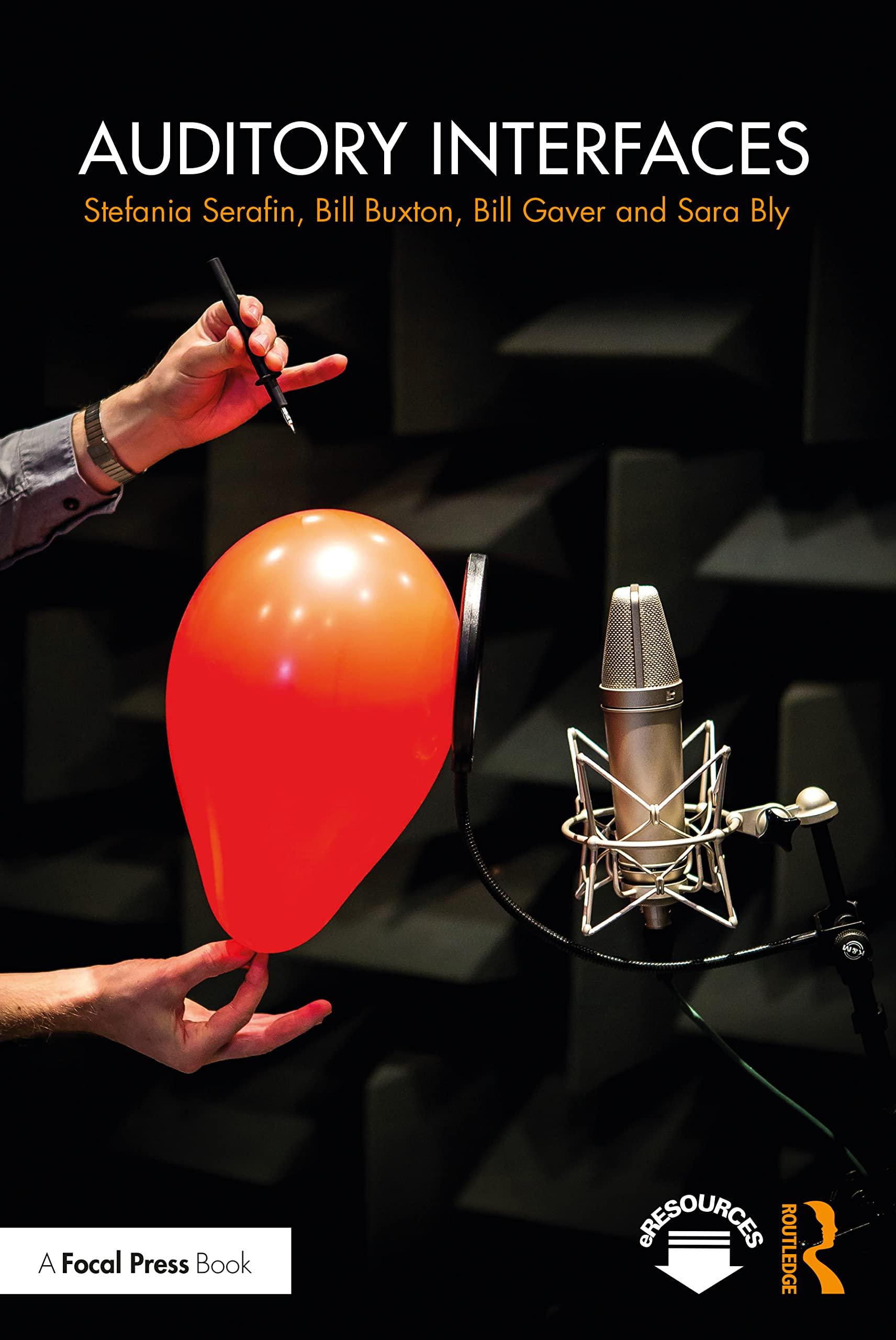Question
The salesperson uses a dealership car. On their commute, they drive 25 km on the highway and 10 km on city streets for a total
The salesperson uses a dealership car. On their commute, they drive 25 km on the highway and 10 km on city streets for a total commute distance of 35 km. They spend 9 minutes on the highway and 17 minutes on city streets for a total commute time of 26 minutes. During this time, the salesperson records fuel consumption. This is for two reasons. First, to expense the dealership for fuel costs. Second, to inform customers of fuel efficiency. Fuel economy can be measured per kilometer or per minute of driving. Of course, highway driving is more fuel efficient than main road driving.
2a. How would the salesperson bin their fuel economy if they wanted customers to believe the car was very fuel efficient?
2b. How would the salesperson bin their fuel economy if they wanted to get the highest reimbursement from the dealership (i.e., make the car appear worse on fuel efficiency)?
2c. Many car advertisements simply average highway and main-road fuel consumption for their combined city/highway fuel economy, even though people do not spend an equal amount of time or distance on city streets or highways. Explain why their method of averaging is incorrect.
Step by Step Solution
There are 3 Steps involved in it
Step: 1

Get Instant Access to Expert-Tailored Solutions
See step-by-step solutions with expert insights and AI powered tools for academic success
Step: 2

Step: 3

Ace Your Homework with AI
Get the answers you need in no time with our AI-driven, step-by-step assistance
Get Started


